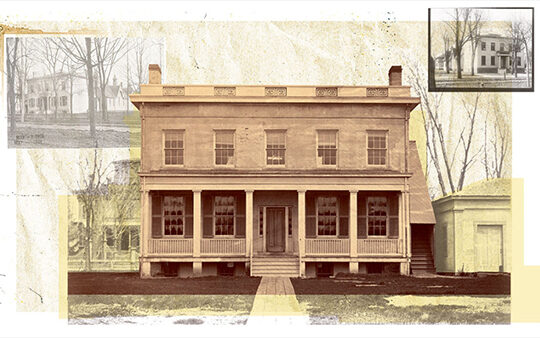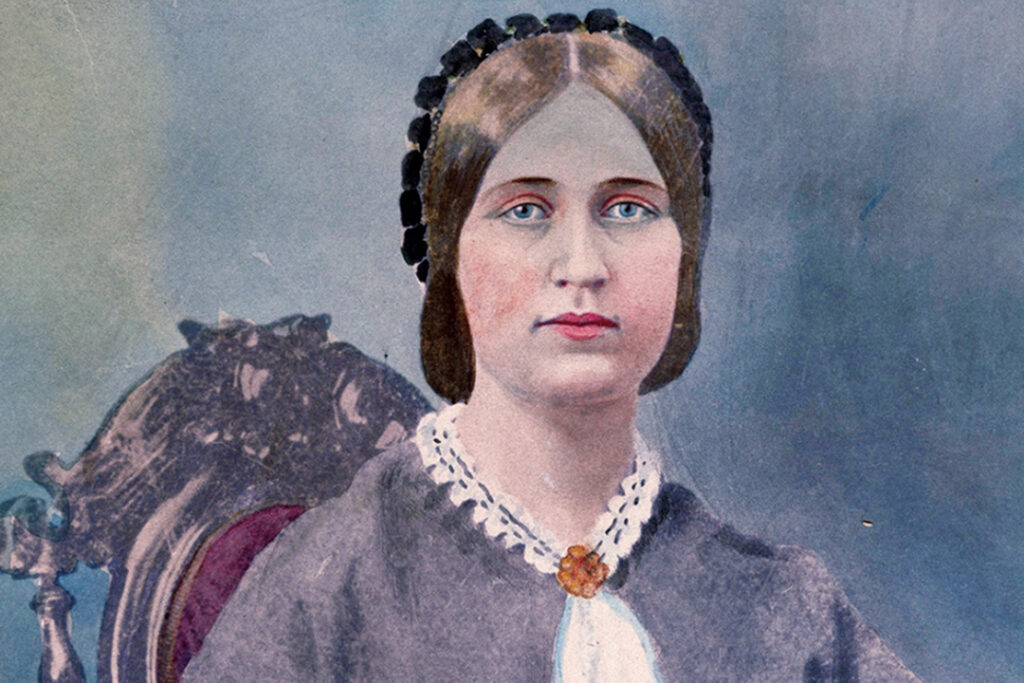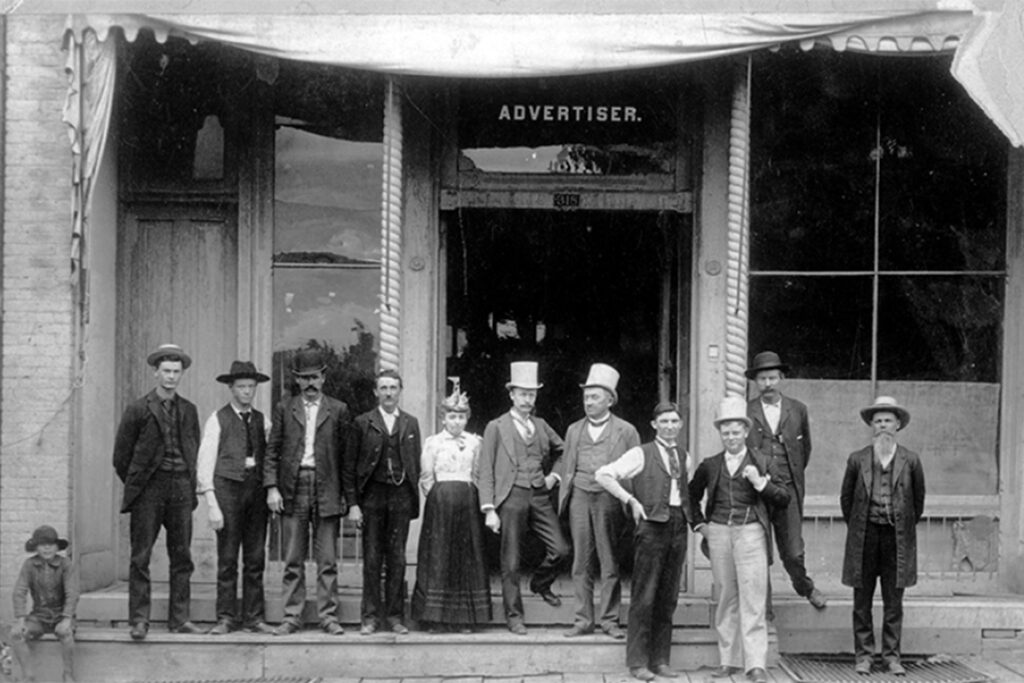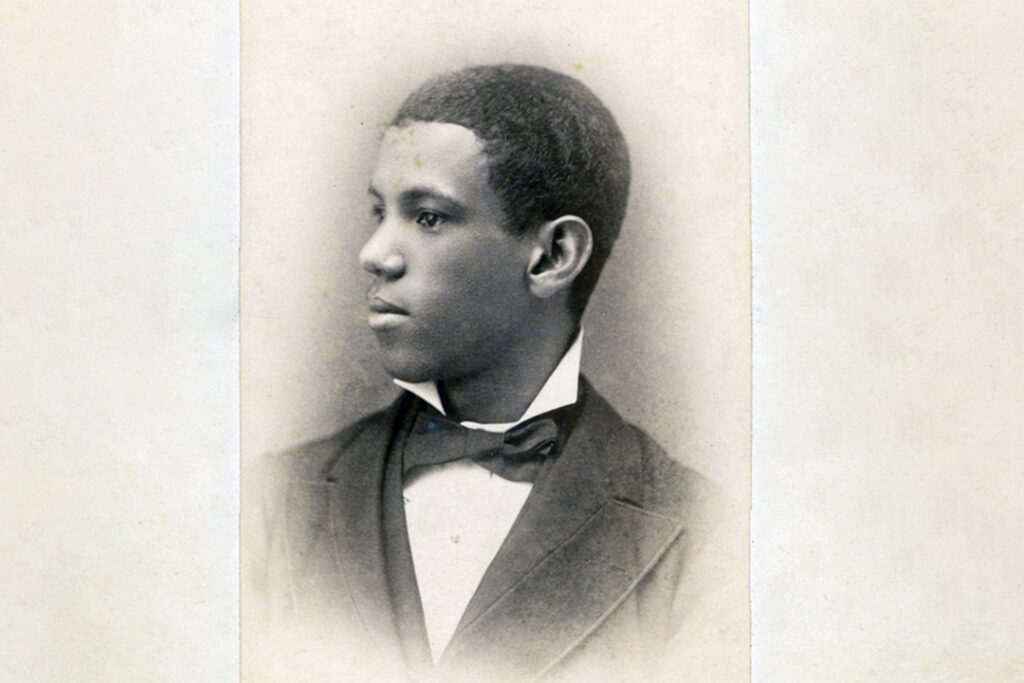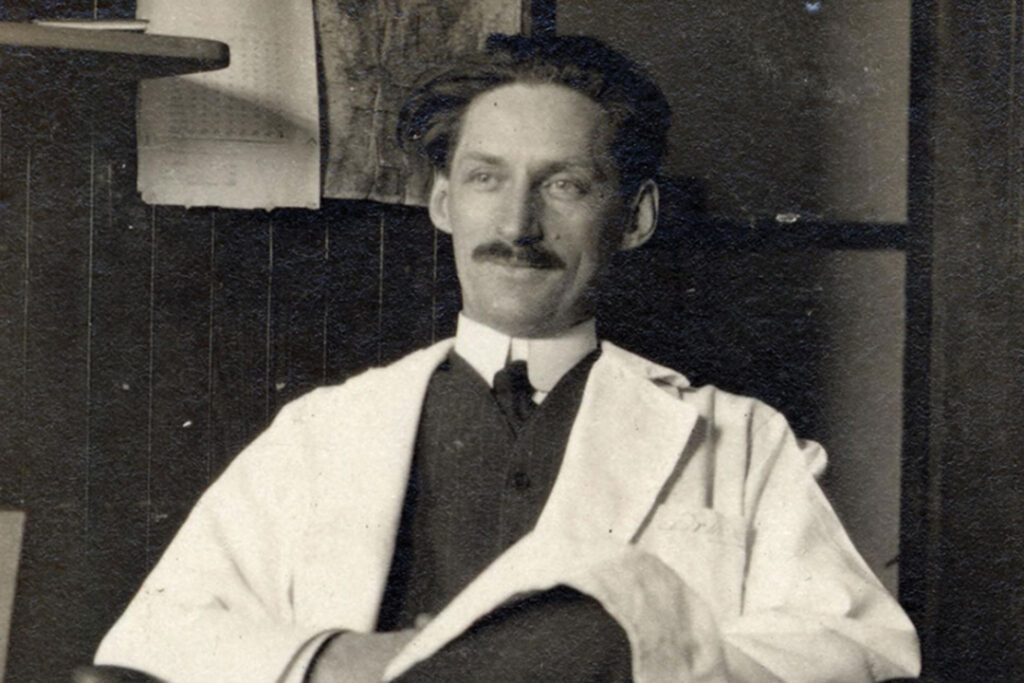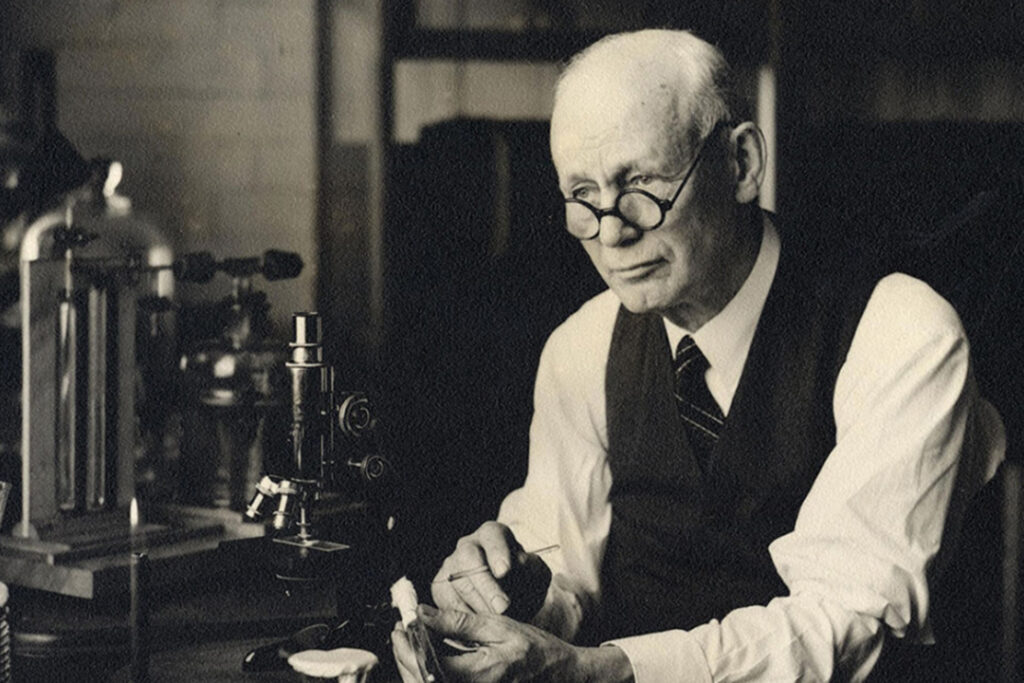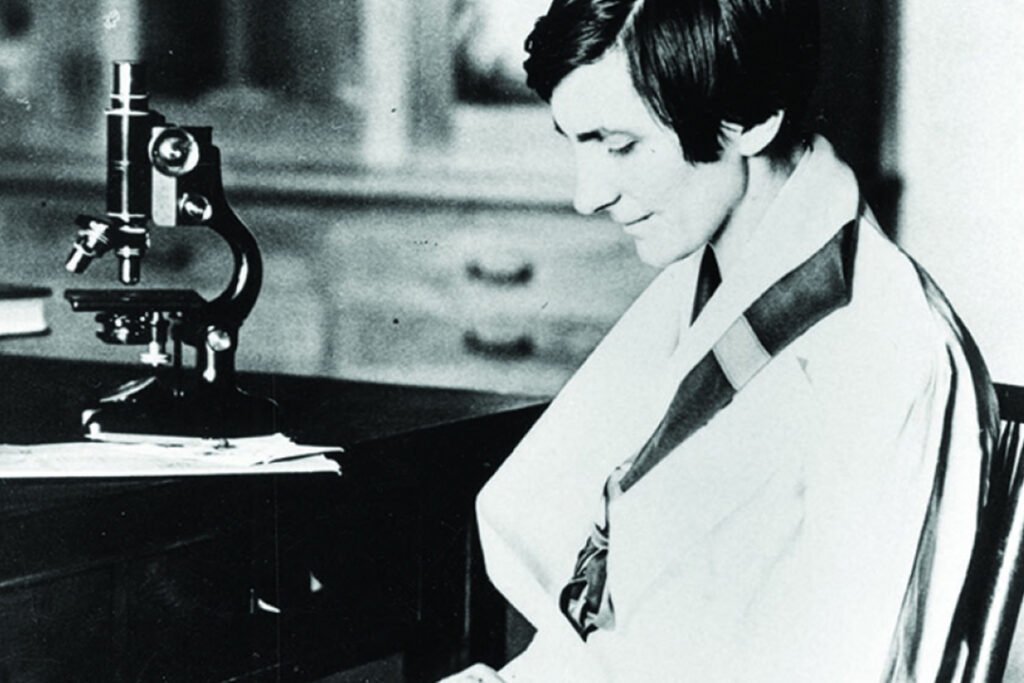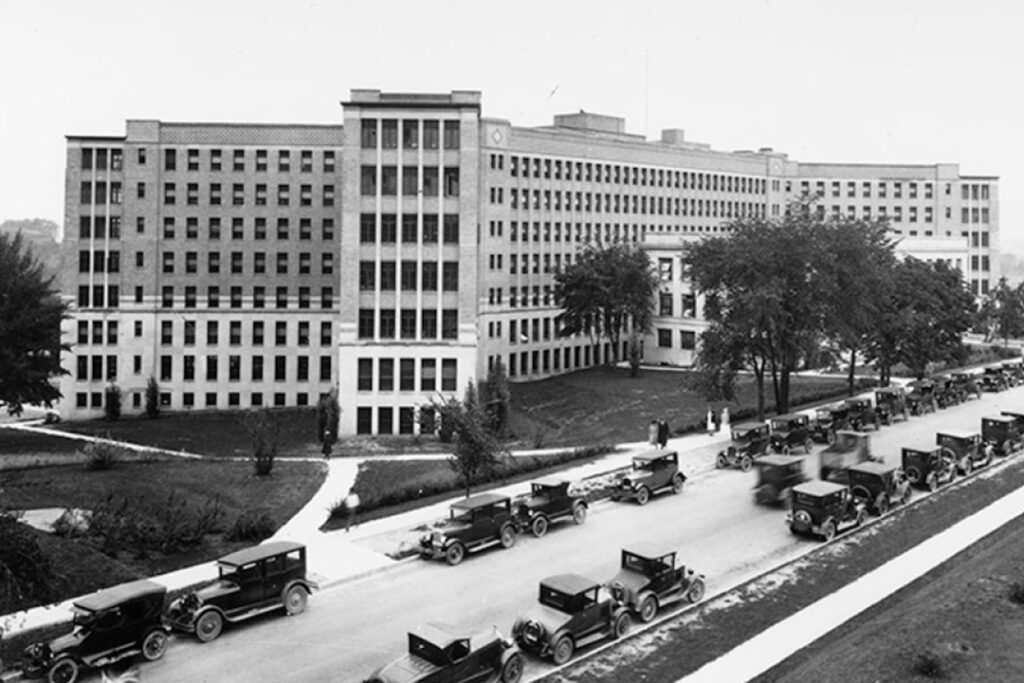Watt a journey: Lighting up the Amazon

U-M researchers and engineering students traveled to the far reaches of the Amazon rainforest to help light up rural schools and develop innovative incinerators. Their efforts will support local autonomy, preserve residents’ unique habitats, and generate ecotourism.
-
U-M experts discuss Russia’s attack on Ukraine
University of Michigan experts explore multiple angles regarding Russia’s full-scale attack on Ukraine and weigh its implications on global politics, economics, and the human scale.
-
Colossal black holes locked in dance at heart of galaxy
Caught in an epic cosmic waltz, two supermassive black holes appear to be orbiting around each other every two years. Researchers have discovered the pair of supermassive black holes caught in the act of merging 13 billion light-years away.
-
Open access: U-M recruits students across campus to fill arts internships
Thanks to a gift of $250K from Lizzie and Jonathan Tisch, the University of Michigan Culture Corps is flipping the script on the traditional arts internship by recruiting students historically excluded from arts careers
-
UMS presents ‘Fiddler on the Roof’ in concert John Williams’ orchestrations
Professional Broadway singers star alongside U-M musical theatre students in a special concert Feb. 19-20, featuring the first live performances of John Williams’s orchestral arrangement of the movie score.
-
$12M gift of Chinese calligraphy transforms UMMA’s Asian art collection
The Lo Chia-Lun Calligraphy Collection is the largest gift of art in the University’s history. The collection preserves important evidence of cultural pursuits in the early 20th century; it also reflects the tastes and intellectual exchanges among leading thinkers of the time.
-
Can emoji use be the key in detecting remote-work burnout?
Taking the emotional temperature of your co-workers is easier when you spend your days in an office. But as remote work takes off, tracking the emotions of remote workers can be a challenge. Cue that adorable emoji.
Columns
-
President's Message
Vision, momentum, and the arts in 2025
Let's give a warm welcome to honorary Wolverine Rhiannon Giddens, artist-in-residence at the U-M Arts Initiative. -
Editor's Blog
What’s in a name?
They say every picture tells a story, right? Well at Michigan, so does every building. -
Climate Blue
Do we require catastrophe?
We need to do more than "protect and persist," warns Ricky Rood, as climate disasters wreak havoc on our lives. -
Health Yourself
Do you believe in magic? How about weight-loss meds?
Vic Katch takes a look at some 'miracle' weight-loss drugs to help understand how they work in the body.
Listen & Subscribe
-

MGo Blue podcasts
Explore the Michigan Athletics series "In the Trenches," "On the Block," and "Conqu'ring Heroes." -

Michigan Ross Podcasts
Check out the series "Business and Society," "Business Beyond Usual," "Working for the Weekend," and "Down to Business." -

Michigan Medicine Podcasts
Hear audio series, news, and stories about the future of health care.
‘An example worthy of imitation’
When they passed through the grand columns at the entrance of their just-completed building in October of 1850, the 95 students and five faculty of the University of Michigan Medical School couldn’t possibly imagine what they were starting. They also couldn’t predict the discoveries and innovations that those who followed them would make in U-M medical laboratories, classrooms, and hospitals over the next 175 years. Enjoy this historical overview and watch this video celebrating Michigan Medicine’s incredible legacy. And if you’re feeling sentimental, please share your memories of Michigan Medicine.











